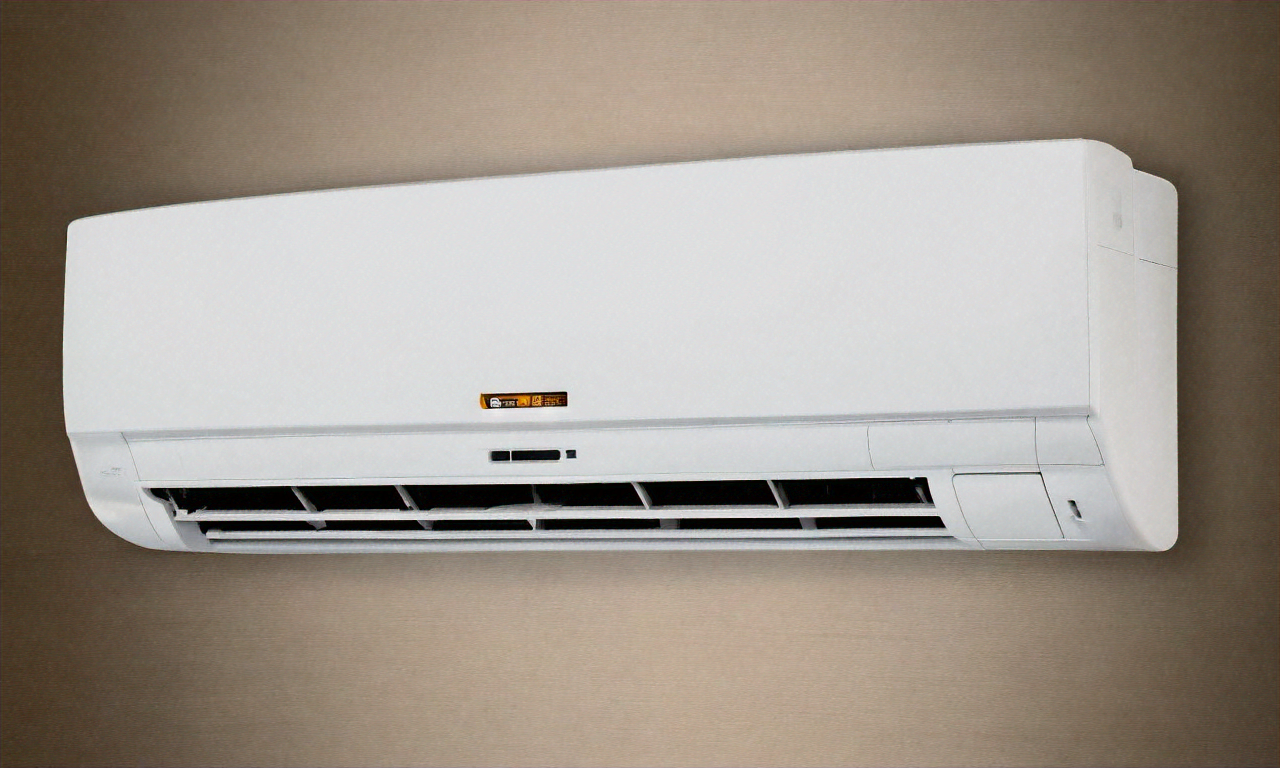Understanding the Importance of HVAC Temperature Control
HVAC temperature control is a critical aspect of modern living that often goes unnoticed until something goes awry. Effective temperature regulation within a building ensures comfort for occupants while also promoting energy efficiency. Grasping the importance of HVAC temperature control can lead to enhanced living standards and significant cost savings.

Temperature control stands as the foundation of modern HVAC systems, serving as the primary interface between building occupants and their indoor environment. While often taken for granted, the ability to maintain consistent, appropriate temperatures throughout changing seasons represents a significant technological achievement with far-reaching implications for comfort, health, and efficiency. As buildings become more sophisticated and energy concerns more pressing, understanding temperature control’s multifaceted importance becomes essential for homeowners and building managers alike.
Achieving Optimal Comfort Levels Through Temperature Regulation
Human comfort exists within a relatively narrow temperature band, typically between 68-76°F (20-24°C) depending on factors like humidity, clothing, and activity level. HVAC temperature control systems work to maintain these conditions consistently throughout a building despite external weather fluctuations. Advanced systems account for occupancy patterns, allowing for temperature setbacks during vacant periods while ensuring spaces return to comfort levels before occupants arrive. This personalization of temperature settings has evolved significantly with modern thermostats that can create microenvironments within different zones of a building, addressing individual preferences while maintaining overall system efficiency.
Energy Efficiency and Savings Through Smart Temperature Management
Temperature control represents one of the most significant opportunities for energy conservation in buildings. According to the U.S. Department of Energy, heating and cooling account for nearly half of the energy used in a typical home. Proper temperature management through programmable or smart thermostats can reduce this consumption by 10-15% annually. The principle is straightforward: maintaining smaller temperature differentials between indoor and outdoor environments requires less energy. For each degree of adjustment closer to the outside temperature during heating season, homeowners can save approximately 1-3% on their energy bills. Similarly, raising the cooling setpoint by just a few degrees during summer months can dramatically reduce air conditioning costs while maintaining acceptable comfort levels.
Smart Technology Integration for Enhanced Temperature Control
The evolution of HVAC temperature control has accelerated dramatically with the integration of smart technologies. Modern systems incorporate AI-driven algorithms that learn occupancy patterns and preferences, automatically adjusting temperatures to optimize both comfort and efficiency. Remote access via smartphone applications allows users to monitor and adjust their systems from anywhere, ensuring energy isn’t wasted heating or cooling unoccupied spaces. These systems can also integrate with other home automation features, responding to open windows, adjusting based on weather forecasts, or even detecting when residents are approaching home to prepare the environment accordingly. Voice-activated controls through platforms like Amazon Alexa or Google Home have further simplified temperature management, making sophisticated adjustments accessible through simple verbal commands.
Air Quality Management Through Temperature Control
Temperature control significantly impacts indoor air quality, often in ways that aren’t immediately apparent. Proper temperature management helps regulate humidity levels, which directly affects the growth of mold, mildew, and dust mites—common allergens that can trigger respiratory issues. When temperatures are maintained within appropriate ranges, relative humidity typically stays within the 30-50% range recommended for optimal health. Additionally, consistent temperature control ensures proper air circulation throughout the building, preventing stagnant air pockets where pollutants might otherwise concentrate. Modern HVAC temperature systems often work in conjunction with dedicated air purification components, coordinating operation to maximize filtration efficiency while maintaining desired temperature setpoints.
Financial Incentives for Efficiency in Temperature Control Systems
Investing in advanced temperature control for HVAC systems often qualifies property owners for various financial incentives. These can significantly offset initial costs while accelerating return on investment. Many utility companies offer rebate programs for smart thermostats and energy-efficient HVAC equipment with sophisticated temperature controls. At the federal level, tax credits periodically become available for qualifying energy-efficient improvements, including advanced temperature control systems. State and local governments frequently supplement these with additional incentives, creating a patchwork of potential savings opportunities that vary by location.
| Incentive Type | Typical Value | Requirements |
|---|---|---|
| Utility Rebates | $50-$100 | Purchase of qualified smart thermostat |
| Federal Tax Credits | Up to $300 | Energy Star certified equipment |
| State Programs | $100-$500 | Varies by location |
| Manufacturer Rebates | $25-$100 | Purchase of specific models |
Prices, rates, or cost estimates mentioned in this article are based on the latest available information but may change over time. Independent research is advised before making financial decisions.
Conclusion
HVAC temperature control represents far more than a simple comfort feature—it serves as the central nervous system of building climate management with profound implications for energy efficiency, air quality, and financial performance. As climate challenges intensify and energy costs fluctuate, investing in sophisticated temperature control technologies offers compounding returns through reduced utility expenses, extended equipment lifespan, and enhanced occupant wellbeing. Whether in residential or commercial settings, understanding and optimizing temperature control stands as perhaps the single most impactful way to improve overall HVAC system performance.




